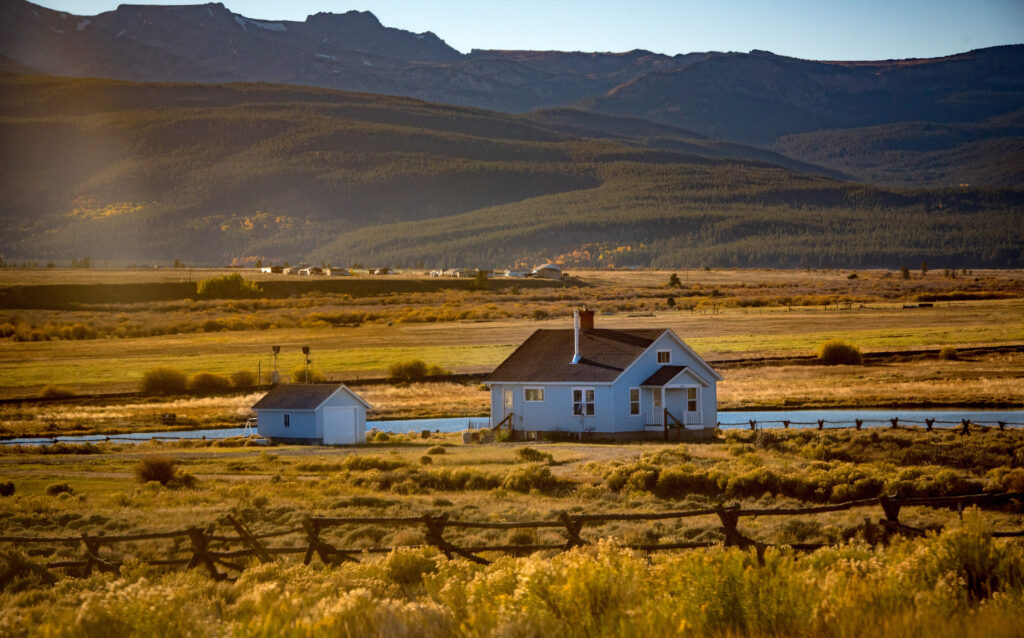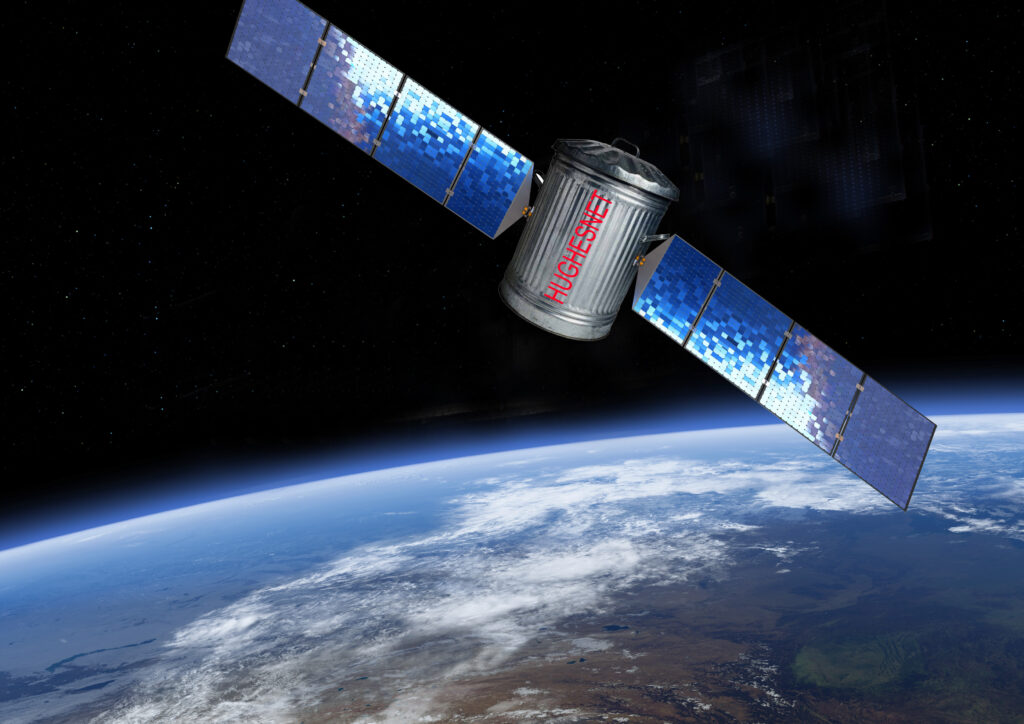For more on this series, see the intro, here: https://keepandbearllc.com/2021/02/28/tactical-homesteading/
Homesteading is basically using your land and skills as a resource to achieve some type of resiliency. To begin with, “your land” will have a location, and that location should be based on your needs. To determine your needs, be realistic with yourself and your family about what is important in your lives, and don’t give in to fantasy or flights of fancy about your wants and needs. It may sound romantic or refreshing going completely off grid 40 miles from town, but if hitting the bar or the yoga studio is one of your major solaces, then that 40 miles will begin to be a barrier to your happiness. Let’s look at some considerations when choosing a location.

Commute?
If you commute to work, you have to consider the drive distance and drive time to get there and back. It’s no secret that bigger land requires a more rural area in general. Just how far are you willing to drive? Moreover, how crowded are the roads that way? Will you be able to achieve a sense of peace and solace if you have a 45 minute bumper to bumper stop and go headache twice a day?
An easy way to reduce this concern is to telecommute. Thanks to the pandemic, employers have really opened up to this possibility, with some employees contributing more than ever since they no longer have a drive time, and are interrupted less than having a presence in the office. Have a legit conversation with your boss. What does the job allow for? What are the boundary conditions? Are there any measurables that can be put in place to evaluate the possibilities?
Other distance concerns
Other commuting concerns are distances to stores, hospital, emergency response, night life, etc. What are your vulnerabilities as far as needing outside help or resources? If you’re the type that goes to Lowe Depot 8 times to finish a project, the distances might become formidable. Alternately, if you buy stuff for projects once, are handy and adaptable, maybe the distance is acceptable.
Telecommute/Infrastructure?
If your job allows for telecommuting, your next step is to choose a location where the infrastructure supports the activity. If you’re so far out that only satellite internet is available, you’ll need to really ascertain if the bandwidth and data caps prevalent in these plans will support your work. Satellite internet has earned its lackluster reputation. High ping (the amount of time a signal takes to get to the destination) makes it horrible for any computer gaming, and can create awkward and unnatural pauses in videoconferencing.

Likewise, movie streaming, gaming, uploads and downloads, and other internet activity can be severely hampered if you’re too remote and the infrastructure to support your needs isn’t there. Ping kills. Ascertain if your lifestyle allows it. Again, don’t give into some notion that life will be simpler and Little House on the Prairie when you are an avid gamer. You like what you like. Support that.
For many, unlimited cellular data plans strike the balance between remoteness and connectedness. Evaluate if cellular data speeds are adequate, and which providers cover that area. Take a hotspot or use your phone as a hotspot and test by watching YouTube or the like.
Community
If you’re the type that prefers to have friend over all the time, and thrive in a busy community, homesteading may not be for you, or you may have to settle for a smaller lot closer to urban and suburban areas. We’ll be discussing distances from these areas in the next article. This article is really creating zones of area one can look for when considering a rural move with preparedness in mind.
Risks and Resources
If you are lucky enough to have the entire country to consider for a job, consider the threat scenarios you’ll inherit by moving there. If you move to a trailer park in Kansas you had better prep for tornados. Likewise, if you move to California, Nevada, or Arizona, you will need to contend with drought and possibly wildfires.
Likewise, areas have their own inherent resources. The heartland has vast farming capability. The Great Lakes region has an abundance of water and woodlands. Finding the right risk versus resources balance is important.
In the end, location is vitally important, and will be a continuing theme for the remainder of this series. The considerations here are just to provide an overall list of considerations. Actual threat reduction comes next.
